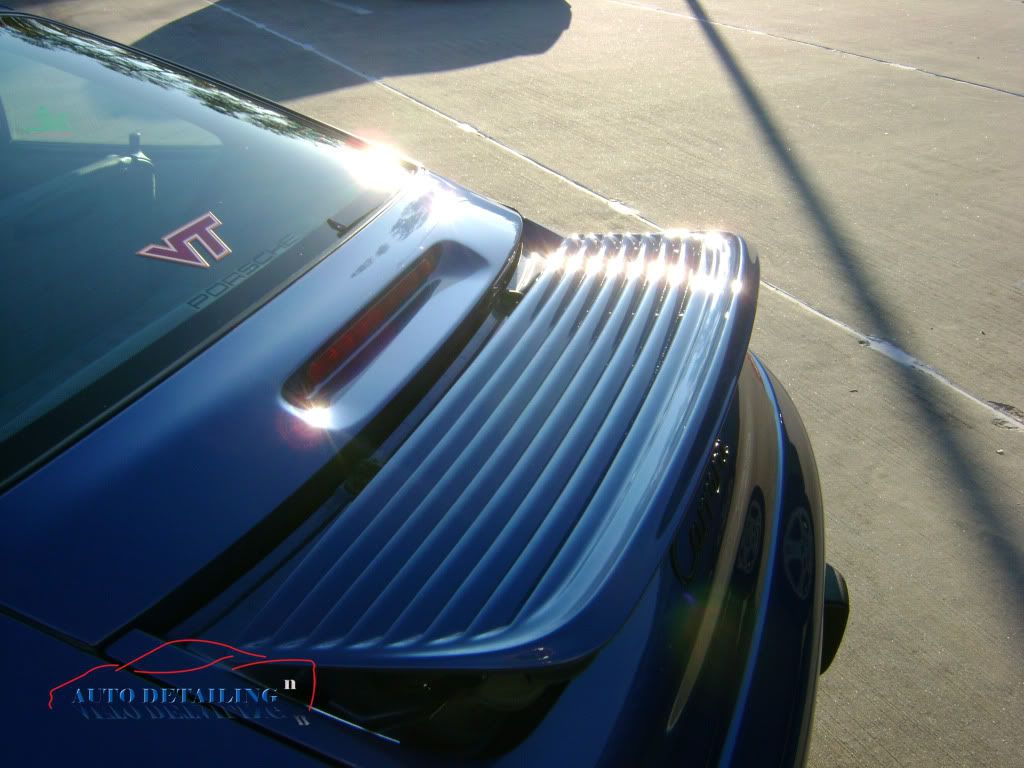RaskyR1 said:
The problem here is that all these terms get thrown around and tend to be used interchangeably and the fact is they are all different.
Reading the above you are basically saying that the super fine "micro marring" installed into the paint by a rotary buffer is the same as the super fine "micro marring" instilled into the paint by a DA. I strongly disagree with that and feel they need their own classification, just like "Pig Tails" and "Tracers" have their own term. While they are all defects in the paint, it's necessary as detailers to understand the difference between them.
We as detailers also need to start agreeing on a standard for these terms that get thrown around so loosely, which is exactly what Mike P has attempted to do in the thread I posted above....(and he did a great job at it too IMO). If we continue to use these terms so loosely, people like the original poster are only going to continue to be confused and also makes it more difficult do diagnose issues that people are seeing in their paint.
IMO there are 3 factors that are used to classify/name scratches: depth, frequency & pattern.
If there were a consistent way of measuring the depth of a scratch then there would no longer be a need to start with a less aggressive method and move up until the right combo is found. We would be able to say "Pad X with polish Y with Machine Z at speed S."
Classifying tracers differently than pigtails is a bit confusing to the layman. They are both scratches that are caused by sanding. Provided the sanding medium and the object that caused the scratch are consistent, then the only difference is the pattern they take. Each will require the exact same procedure to remove.
"Swirls" are called so because of the repeated pattern they appear in. But if only a few those scratches existed in different directions they would simply be called “marring.” The only difference is frequency and pattern.
Micro marring caused by a rotary versus a DA using the same pad/polish combo is truly the same scratches, again differing only in their pattern.
In the photograph below the louvered engine cover appears as swirls or holograms would; all reflecting the light at the same, repeating angle.
If each of those louvers were set at a different angle the appearance would be very different, even though their depth, size and nature were still the same.
I see 3 basic types of scratches:
RIDS
Wash induced marring
Polish induced marring
The problem is the blurred line between each. For example: The difference between swirls and holograms is the depth and frequency. Where does it cease to be one and become the other from a technical standpoint?
I will submit the following as a jumping off point:
Classify first by Depth, then by frequency, then by pattern. Example: Wash induced marring (depth), high frequency, consistent pattern = Swirls.
RIDS:
Random scratches caused by trauma
Sanding scratches: By hand = Tracers By DA or other machine = Pigtails
Wash induced marring: (To include all forms of washing, drying, QDing, etc.)
Low frequency = Marring
Medium frequency/moderate pattern = Spider webbing
High frequency/consistent pattern = Swirls
Micro Marring:
Random: Low frequency, no pattern. Likely same cause as wash induced marring, but on smaller scale
Polishing induced: (This can vary widely due to countless paint/pad/polish combos)
Depth and frequency will always be consistent. The machine used will determine the name.
Rotary = consistent pattern = Holograms
DA = random or no pattern = Hazing (mechanical only. Chemical hazing excluded.)
I am not sure if my thoughts came out as clearly in writing.
Feel free to debate this. Does anyone have a better method for categorizing?

